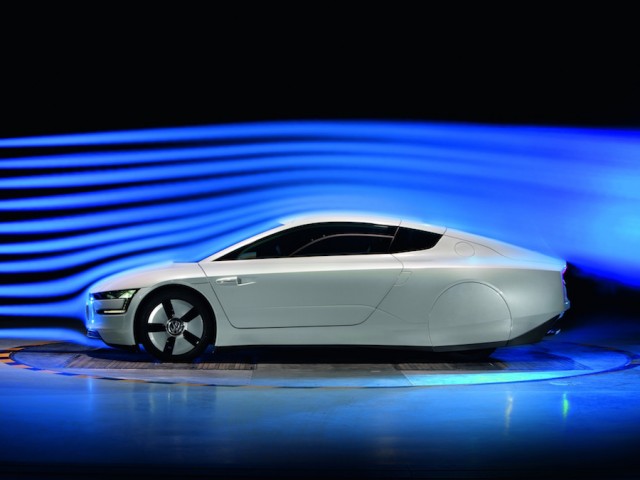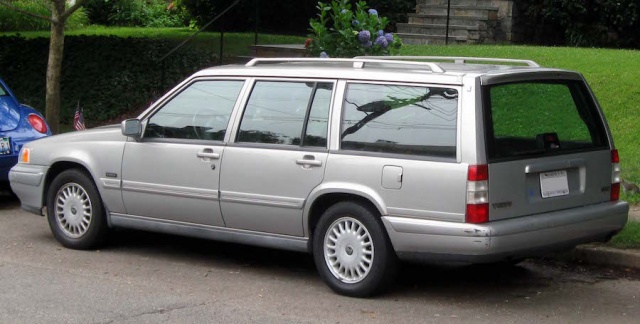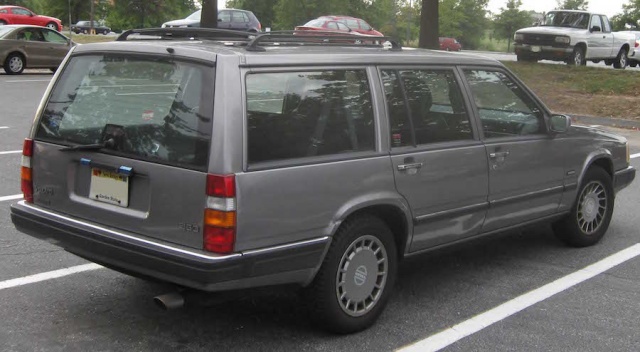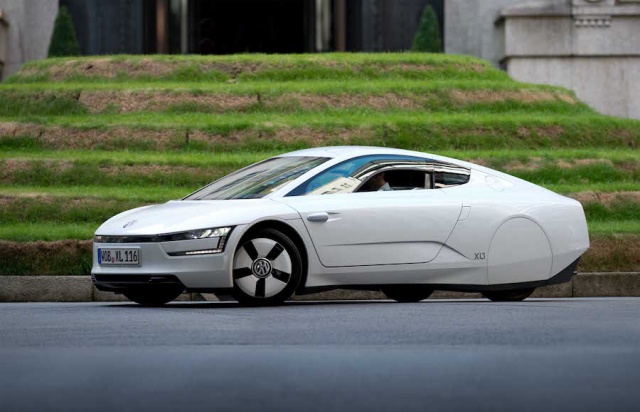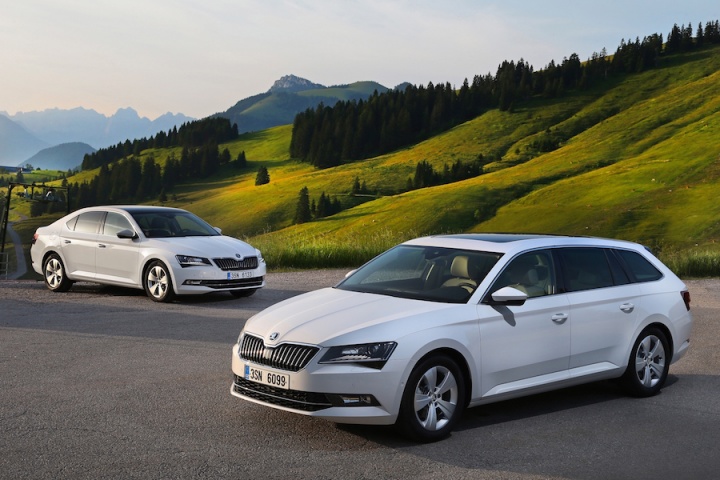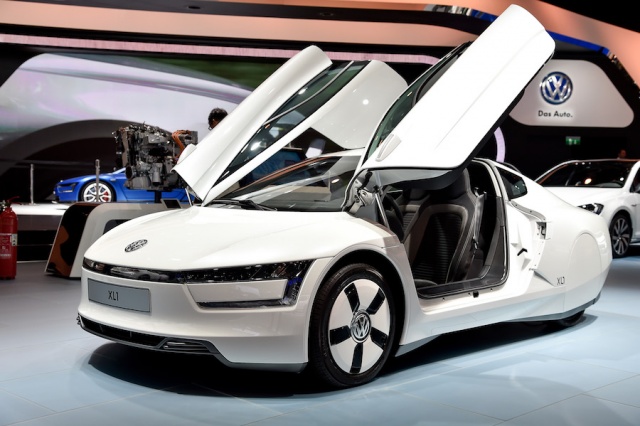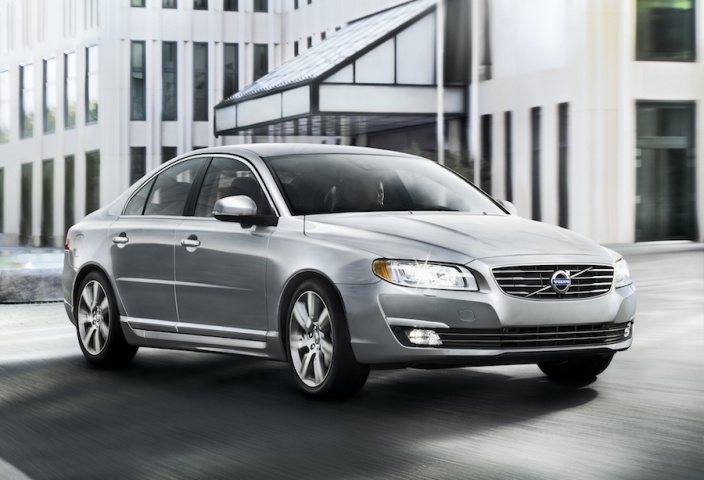This topic has been dragging on this month, as every story I read on CompleteCar.ie seems to mention aerodynamics and drag and quotes a Cd figure. Now, of course I know what aerodynamics is - aero: relating to the air and dynamics: power. Therefore, aerodynamics is airpower. No, wait, that can't be right, can it?
Time to delve a little deeper.
A quick search to get the proper meaning of the word leads me to believe that aerodynamics is the way air moves around things. As we are talking about cars in particular, it relates to the properties of a car regarding the manner in which air flows around it.
Four forces affect aerodynamic properties of a car: lift, weight, thrust and drag. These make a car move up, down, faster or slower. The amount of each force changes how a car moves through the air.
But you knew all that, right? Me too. Kind of...
Lift is obvious; it's the force that moves something off the ground. Weight is the force of gravity pulling down on an object and is the opposite to lift. Thrust is the force that moves a car forward and drag is the opposite of thrust. Drag is the force that acts against the path of a car and tries to slow it down.
Usually, when CompleteCar.ie talks about aerodynamics we mean the air that acts opposite a car in motion. This air causes resistance to a car's thrust and this air resistance limits a car's top speed, affects the way it handles and increases fuel consumption. By designing a car aerodynamically, it will be able to go faster and use less fuel, as the engine won't have to work as hard to push the car through the air.
One of the main factors that determine how easily a car moves through the air is the drag coefficient (Cd) - the lower the Cd figure, the more aerodynamic the car.
A wind tunnel is used to measure the aerodynamic effectiveness of a car. Yup, the same thing used by airplane engineers (although this is slowly being replaced by computer modelling). Inside a huge tunnel, gigantic fans move air at different speeds to simulate real world conditions and blow it over the car. From the comfort of somewhere not inside the wind tunnel, engineers use computers to measure how the air flows over the car and how different parts of the car interact with the air.
So, what is a good low Cd number to be looking for when buying a new car? Well, it's not that simple, as different body styles will have different benchmarks. If we look back through the ages, the boxy Volvo 960 saloons of the 1990s had a Cd of 0.36, while today's S80 comes in at 0.28. And what's the difference between the two? Mainly, the shape - the S80 is far more streamlined and rounded in design with shapes on its exterior crafted to channel air to flow around the car with the least resistance possible.
When the new Mercedes-Benz C-Class Coupé launches, it will have a low Cd of 0.26, which means the Merc will cut through the air with ease, but you just have to look at it to know that aerodynamics were given great consideration.
Low drag cars exhibit some or all of the following characteristics: streamlined shape, low frontal area and minimal openings in the bodywork for windows or cooling ducts.
To reduce drag of the new XF, Jaguar designed a clever air-cooling management system, which saw its Cd drop several points to 0.26. Cooling is a big deal, as it requires a car to intake air via the radiator, which invariably increases drag, so to be able to cool an engine more efficiently and reduce drag on such a large car is really considering aerodynamic design.
However, not just high powered, luxury cars boast sub-30 Cd figures. For example, the new Skoda Superb GreenLine Hatch and Combi models, by no means small sleek sports cars, have lower drag coefficients than the standard models - 0.263 for the Hatch and 0.275 for the Combi. Taking the regular models and lowering the chassis by 15mm and adding a tailgate spoiler to the Hatch and roof spoiler to the Combi (to improve airflow around the rear of the car), achieved lower figures and these aerodynamic adjustments help the new Superb GreenLine get 1,760km out of a single tank of diesel.
The forthcoming Audi Q6, which will sit between the Q7 and Q5 In terms of size, is claimed to have a class-leading Cd of 0.25. Audi has designed moving aerodynamic panels at the front of the car to help tweak its aero makeup as its drives, leading to greater efficiency. But, why is this important? Because the Q6 is an all-electric vehicle and getting as many kilometres as possible out of one charge is a massive selling point and as we know, the greater ease with which a car can move through air resistance the less energy is needed, therefore fuel and battery consumption is minimised. Just a 0.01 reduction in a car's Cd can result in a 0.2mpg (0.09km/l) improvement in fuel economy.
So apart from making cars sleeker and rounder, which isn't always practical, especially if you want to design an SUV or pick-up truck, what else do designers do to improve a car's aerodynamics? Well, they adjust the size and shape of wing mirrors; add rear spoilers; adjust the angle of the rear window; tune the grille, fascia and wheel openings and reshape water channels on the A-pillars. Many also use active aerodynamic devices such as lowering the ride height at speed, which can apparently result in a three per cent reduction in drag.
Whilst that is fine for these new and future cars, what can we do at home to improve a car aerodynamically? Remove roof racks when not in use, remove mud guards, keep windows shut when travelling at speed and switch to narrower tyres. Keep your car clean and waxed so that the air can flow as smooth as possible over it without any obstructions; yes, even bird shit on your bonnet can effect drag and, if you drive a pick-up, add a tonneau cover, as that can reduce drag by as much as seven per cent.
So, what does a seriously aerodynamic car look like? That's the Volkswagen XL1 over, with a Cd of 0.19.
Right, now to channel my inner Daniel Son, until next month, wax on, wax off...

